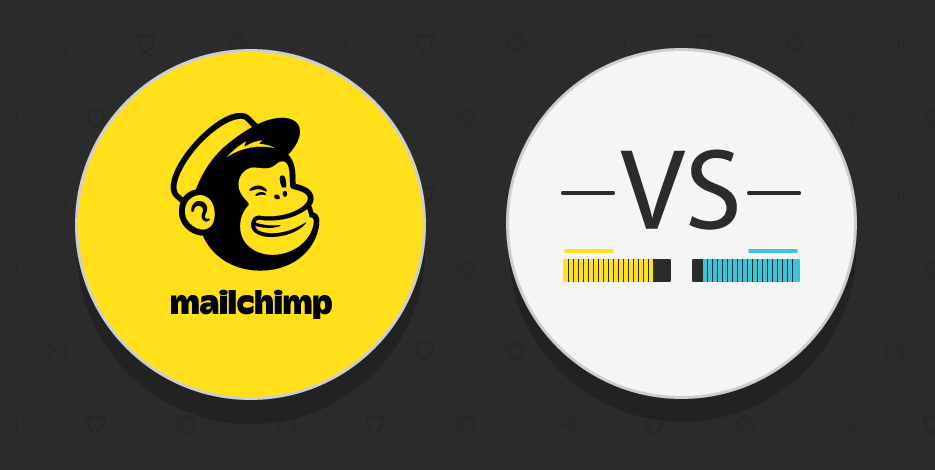
How We Choose Tools To Feature On The Moosend Blog
How do we select the right tools and apps featured on our blog? Is there a process in place? Are there any tools we won’t feature?
Today, we are here to shed light on the methodology we follow to find the best tools for your business and answer some common questions.
How We Find The Best Tools
Finding the best tools for our lists isn’t an easy task. Before we begin, we thoroughly search what the user wants to achieve, how much they want to invest, and what pain points they need to solve.
For our software alternative posts
Before working on an alternative post, such as Constant Contact alternatives, we ensure we understand how the service works and what makes users search for a new tool to make the change.
Then, we register for an account and try the software to see how it works, keeping notes on our experience and potential issues.
The next step is to cross-check these potential issues noted by users to avoid reviewing an app based on one-time bugs. For that, we consult user reviews on well-established sites, such as G2, Capterra, or Gartner.
Next, we create a list of alternatives to solve users’ pain points, such as an outdated interface, too many bugs, and insufficient features.
For example, for our best Mailchimp alternatives post, we created an extended list and thoroughly tested each tool to see how it performed. Then, we checked the available reviews to narrow our list down to the top apps.
For tool listicles
Regarding our tool listicles (marketing automation software, landing page builders, SMS service, SMTP server, etc.), we follow a similar process, i.e., sign up for an account, if available, and check the features offered.
If necessary, we consult with other teams and departments to ensure we have selected the best tools for our article (especially when the tools we review are related to their work).
Our team usually focuses on:
- User experience
- Core features
- Additional features
- Use case
- Customer support
- Affordability
Our Tool Selection Methodology In A Nutshell
Here’s what our process entails:
- Making an initial list of tools based on our experience and team recommendations (especially if they are users of a software)
- Consulting user reviews to narrow down our list
- Registering for each service to test its capabilities
- Not hesitating to contact the support team directly for further clarification
- Trying to be objective and include tools corresponding to the users’ needs (e.g., for eCommerce stores, we list eCommerce-oriented platforms)
- Checking the feature and pricing pages thoroughly to make sure our data is correct and up-to-date (especially since prices change all the time)
- Making sure to get screenshots from each tool to back up our research
- Focusing on user intent and solving pain points rather than creating generic lists
FAQs
Below, you’ll find answers to some common questions regarding our software listicles.
1. Do you only include platforms that you know/collaborate with?
To be objective, we select and feature apps that will be helpful to our audience, not only platforms we already use. Our team goes beyond what they know, aiming to research new tools to ensure we find and review the best applications.
Moreover, while we collaborate with specific tools, we always review them thoroughly before adding them to our lists as recommendations, as they may not be an excellent fit for our readers.
2. Are there any platforms that you will refuse to feature?
We are open to testing and reviewing various platforms, including our competitors, as we strive to be unbiased. However, we won’t feature apps that display the following:
- Malicious software: Apps containing viruses, malware, or security risks.
- Infringing content: Software that infringes on intellectual property rights, such as copyrights or trademarks.
- Hate speech and harassment: Tools that promote hate speech, discrimination, or harassment.
- Adult content: Platforms with explicit adult content.
- Scams and fraud: Apps engaged in fraudulent activities, such as phishing or financial scams.
- Violation of privacy: Software that violates user privacy or collects unauthorized data.
- Dangerous behavior: Apps that encourage or facilitate dangerous behavior, such as self-harm or violence, may be removed.
- Deceptive practices: Apps that mislead users or engage in deceptive advertising can face consequences.
3. Do you only feature email marketing automation software?
Our team doesn’t only focus on email marketing automation software but on many other tools, including SMS marketing, landing page creators, CMS, funnel builders, social media, and more.
4. How do I get my software featured in your post?
If you want us to consider featuring your software in one of our articles, you can contact us. We’ll get back to you if we see it fit for our post.





 Published by
Published by 
 Published by
Published by 
 Published by
Published by